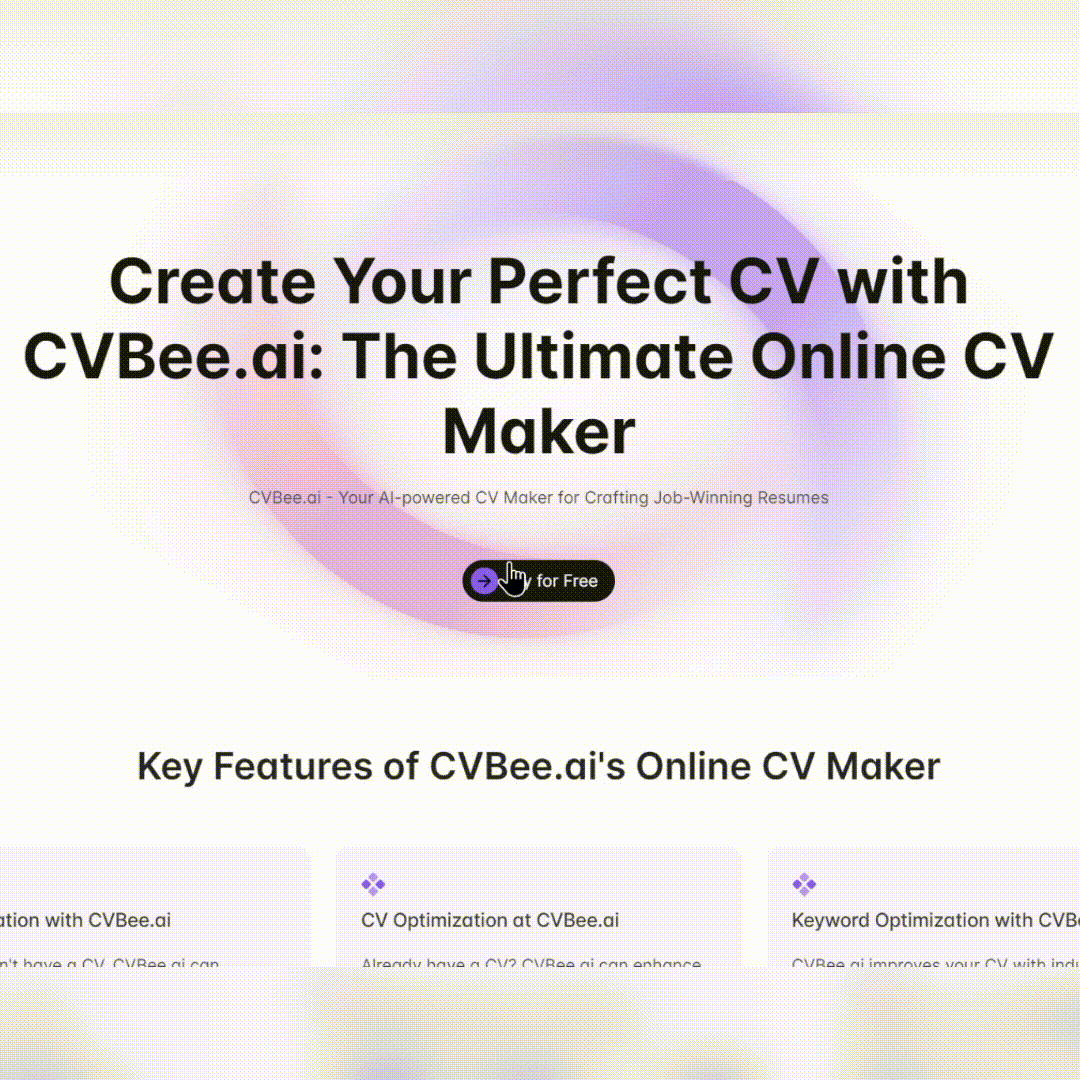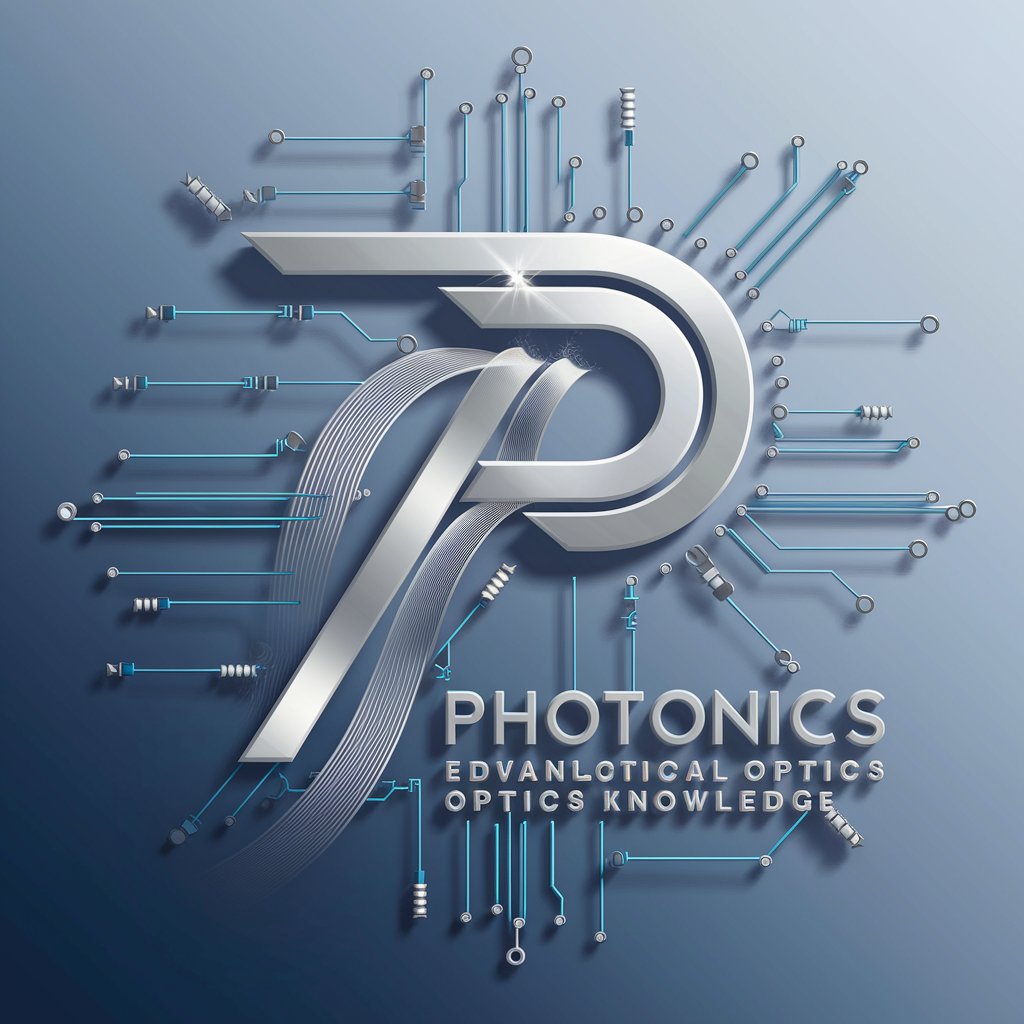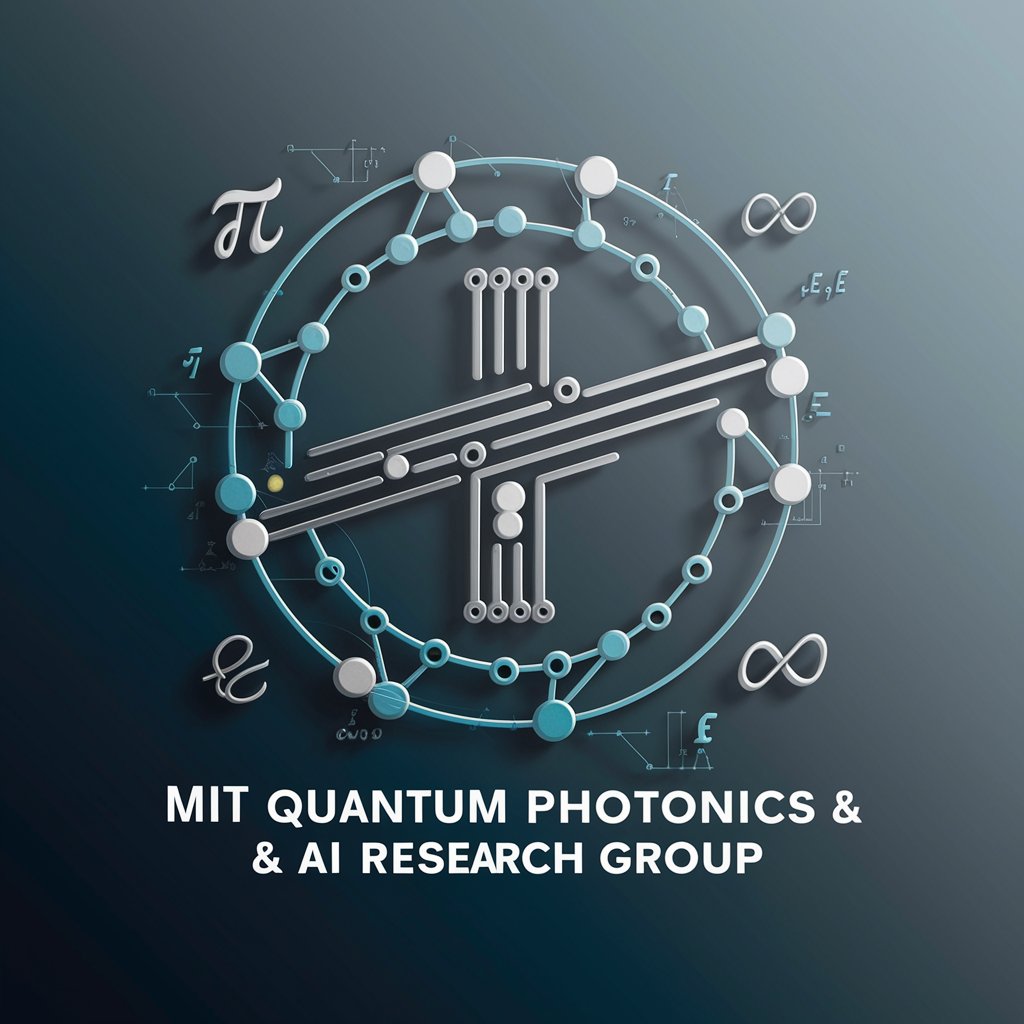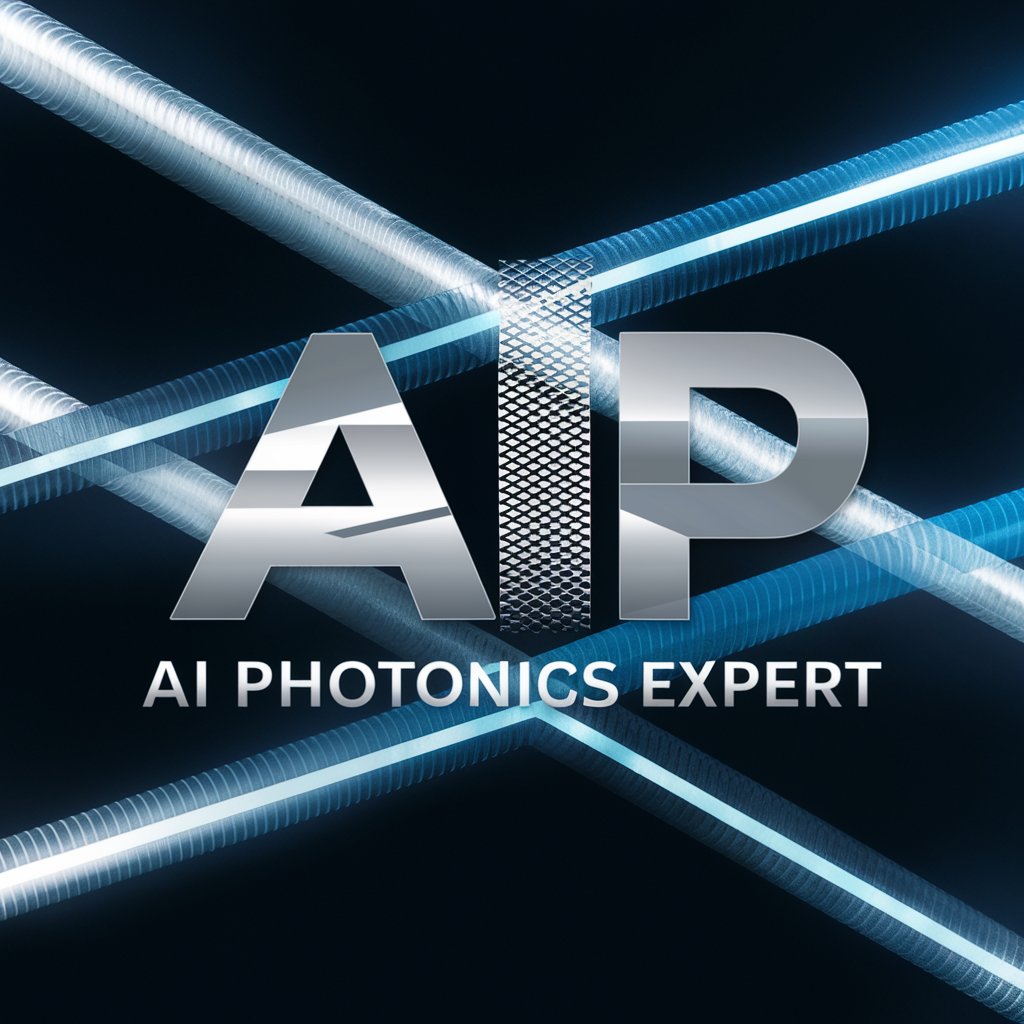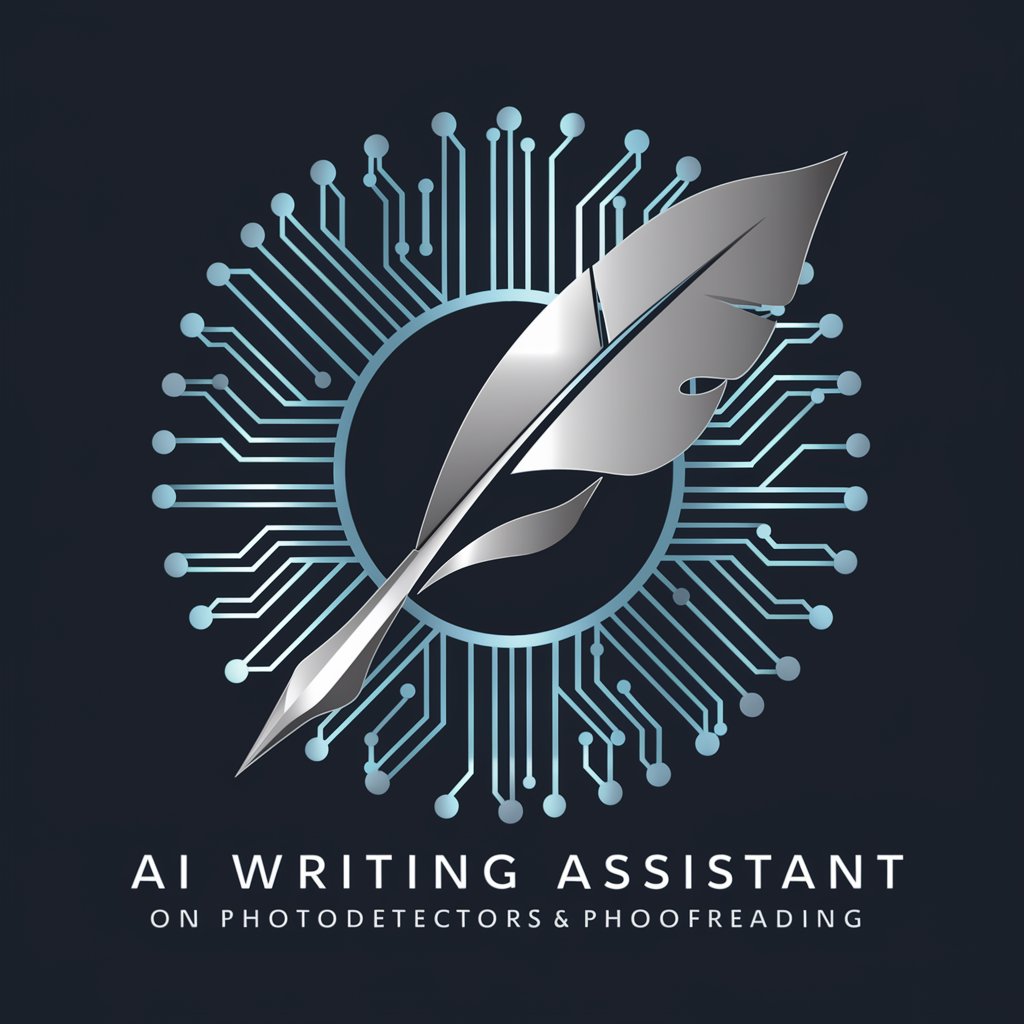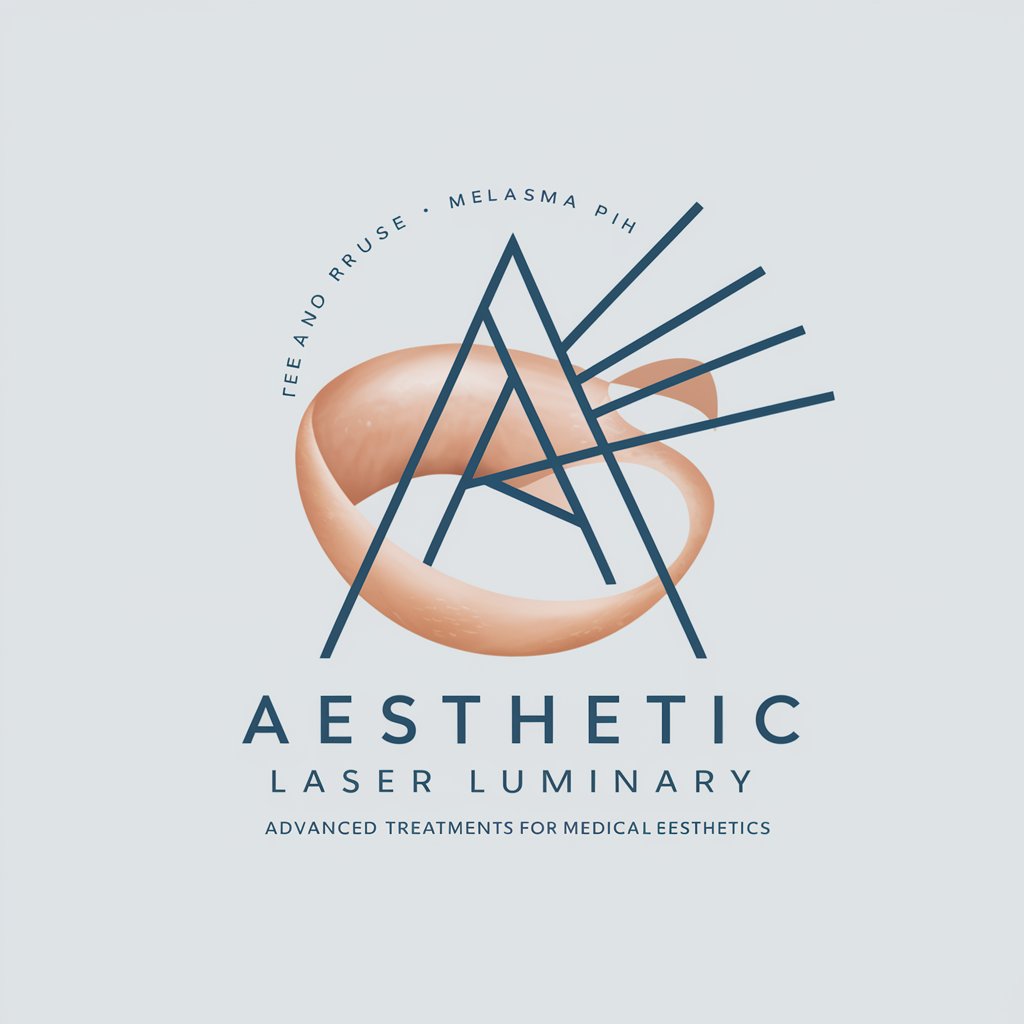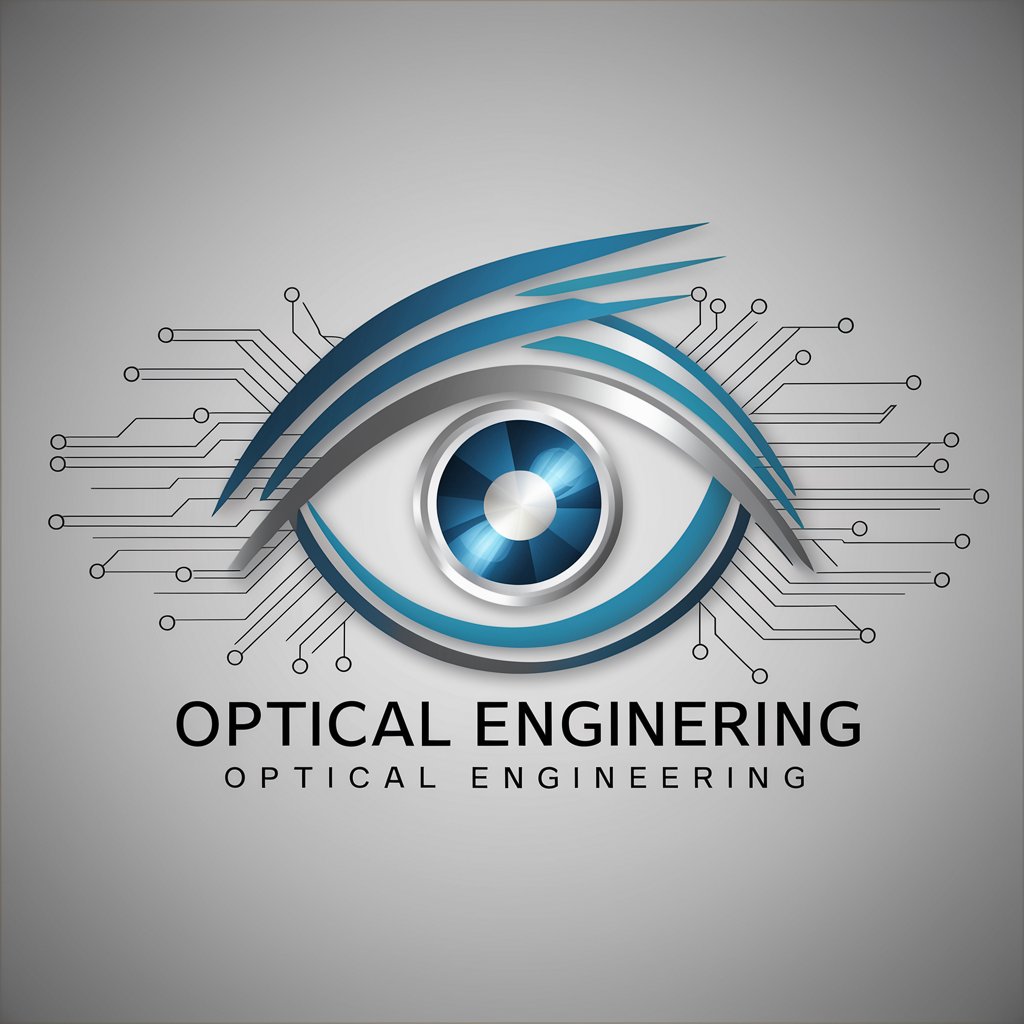
Laser and Photonics - Laser Technology Insights
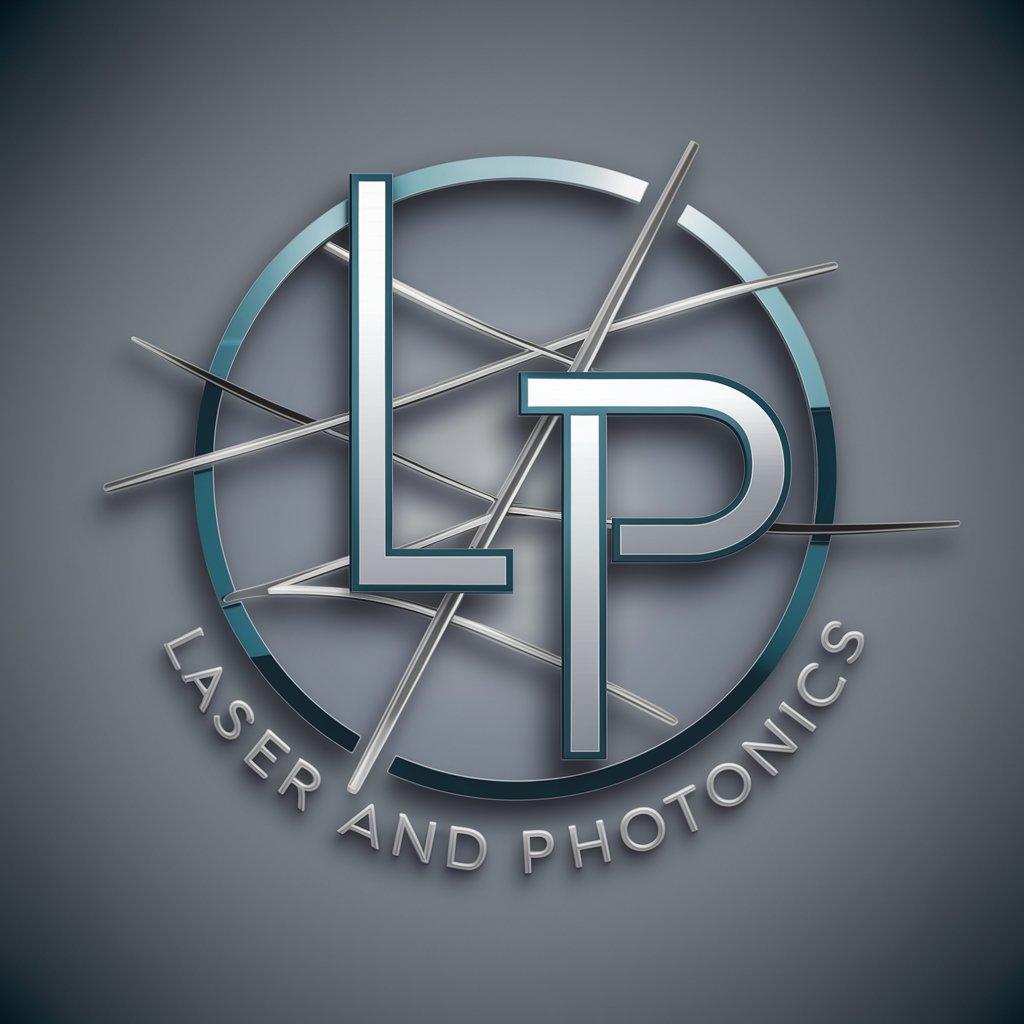
Welcome! Let's explore the fascinating world of lasers and photonics together.
Illuminating the path in laser technology and photonics with AI.
Explain the fundamental principles of laser operation, including stimulated emission and population inversion.
How can photonic crystals be used to manipulate light in optical devices?
Describe the experimental setup for measuring the coherence length of a laser source.
Discuss the applications of non-linear optics in modern telecommunications.
Get Embed Code
Introduction to Laser and Photonics
Laser and Photonics encompass a specialized field of physics and engineering focused on the study and application of electromagnetic radiation (light), especially lasers. Lasers, an acronym for Light Amplification by Stimulated Emission of Radiation, are devices that emit light through a process of optical amplification based on the stimulated emission of electromagnetic radiation. Photonics is the broader science of light generation, detection, and manipulation through emission, transmission, modulation, signal processing, switching, amplification, and sensing. This field is fundamental in numerous technologies, from optical fiber communications and laser manufacturing processes to medical diagnostics and quantum computing. For example, in optical fiber communications, lasers are used to transmit vast amounts of data over long distances with minimal loss, illustrating the pivotal role of laser and photonics technology in modern telecommunications. Powered by ChatGPT-4o。

Main Functions of Laser and Photonics
Communication
Example
Optical fiber communication
Scenario
Lasers transmit data as light pulses through optical fibers, enabling high-speed internet and telecommunications networks worldwide.
Manufacturing and Material Processing
Example
Laser cutting and welding
Scenario
Lasers provide precise, clean, and efficient cutting or welding of materials, ranging from metals to plastics, used in manufacturing industries for creating complex parts with high precision.
Medical Applications
Example
Laser surgery and therapy
Scenario
Lasers are used in various medical procedures, from corrective eye surgeries (LASIK) to the treatment of cancer, by precisely targeting and treating tissues without damaging surrounding areas.
Research and Development
Example
Spectroscopy and imaging
Scenario
In scientific research, lasers enable advanced spectroscopy and imaging techniques, allowing scientists to observe chemical reactions, study materials at the molecular or atomic level, and explore biological systems in unprecedented detail.
Information Storage and Retrieval
Example
Optical data storage
Scenario
Lasers are integral to the reading and writing process in optical data storage technologies, such as CDs, DVDs, and Blu-ray discs, offering a medium for long-term data preservation and access.
Ideal Users of Laser and Photonics Services
Researchers and Academics
Individuals and groups in scientific research or academic fields benefit from laser and photonics for experimental, analytical, and educational purposes, pushing the boundaries of what's known in physics, chemistry, biology, and engineering.
Industry Professionals
Professionals in manufacturing, telecommunications, medical, and information technology industries utilize laser and photonics technologies for innovative solutions in product development, production processes, and medical treatments.
Medical Practitioners
Surgeons, dermatologists, and other medical practitioners leverage laser technologies for various treatments and procedures, offering less invasive options with quicker recovery times for patients.
Technology Enthusiasts and Hobbyists
Individuals with a keen interest in the latest technological advancements and applications of laser and photonics, including DIY projects and educational kits, to explore and understand the science behind light and its applications.

How to Use Laser and Photonics
Begin Your Journey
Start by accessing a trial at yeschat.ai, offering a no-login, no-ChatGPT Plus entry.
Identify Your Needs
Clarify your objectives, whether for academic research, industry application, or hobbyist exploration in laser technology and photonics.
Explore Resources
Navigate through the available materials, including tutorials, research papers, and the RP Photonics Encyclopedia for foundational knowledge.
Interactive Learning
Engage with the tool through queries and discussions, using it to deepen your understanding of complex topics.
Apply Knowledge
Utilize insights gained for your projects, experiments, or papers, leveraging the tool's guidance for optimal outcomes.
Try other advanced and practical GPTs
Tiny Figurine
Bring Your Figurines to Life with AI
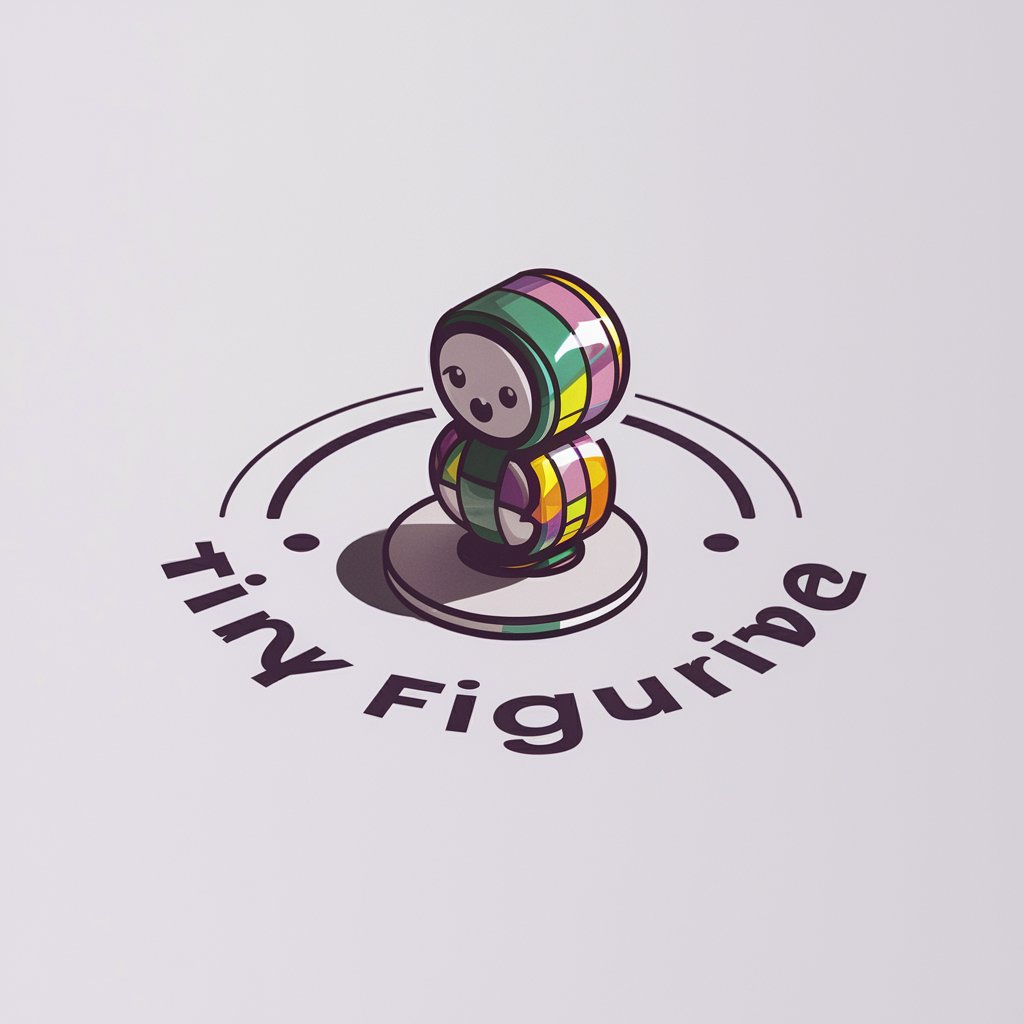
ButcherGPT
Unleash Butcher's Voice, AI-Enhanced
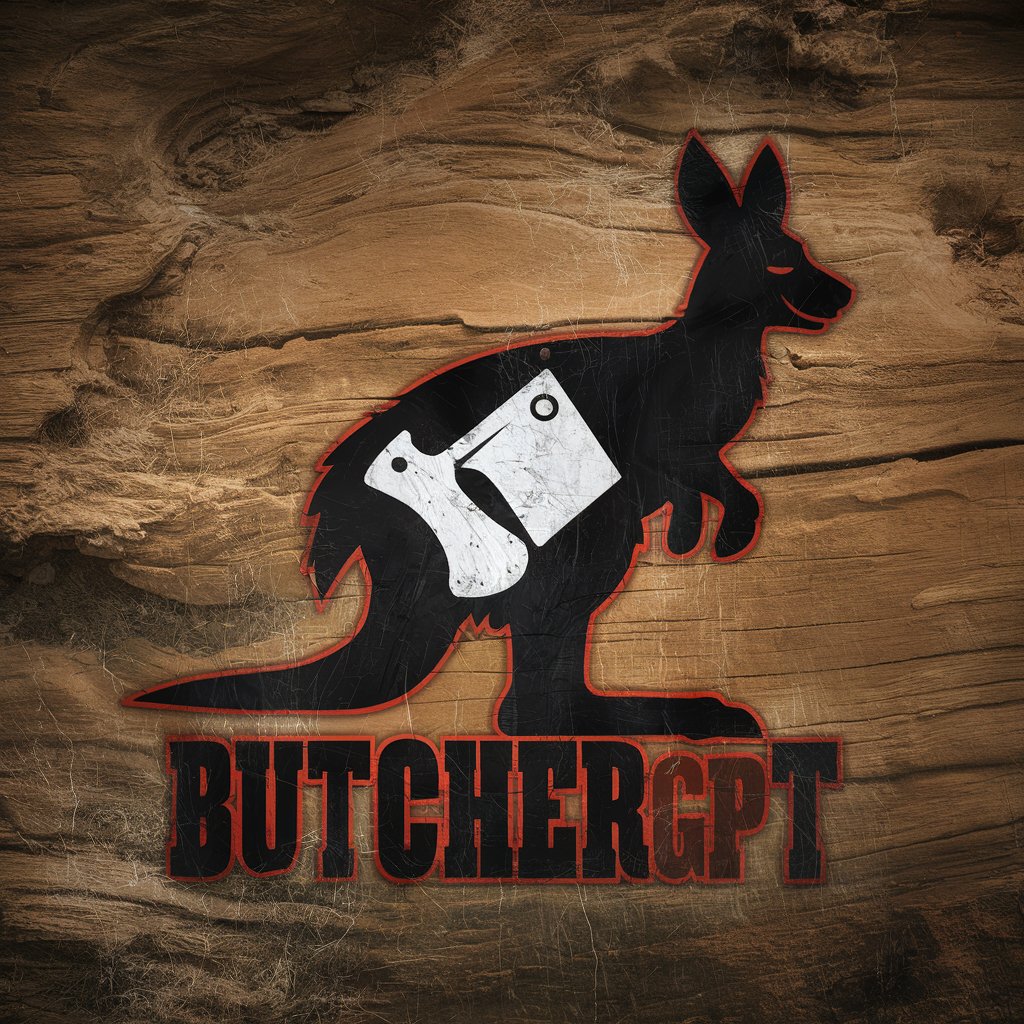
Master Butcher
AI-powered Culinary Meat Expert

The Greyhound Specialist
Smart Care for Retired Greyhounds

Vicente's Voice
Harness AI to Educate and Inform

C# Code Mentor
Master C# with AI-Powered Mentorship
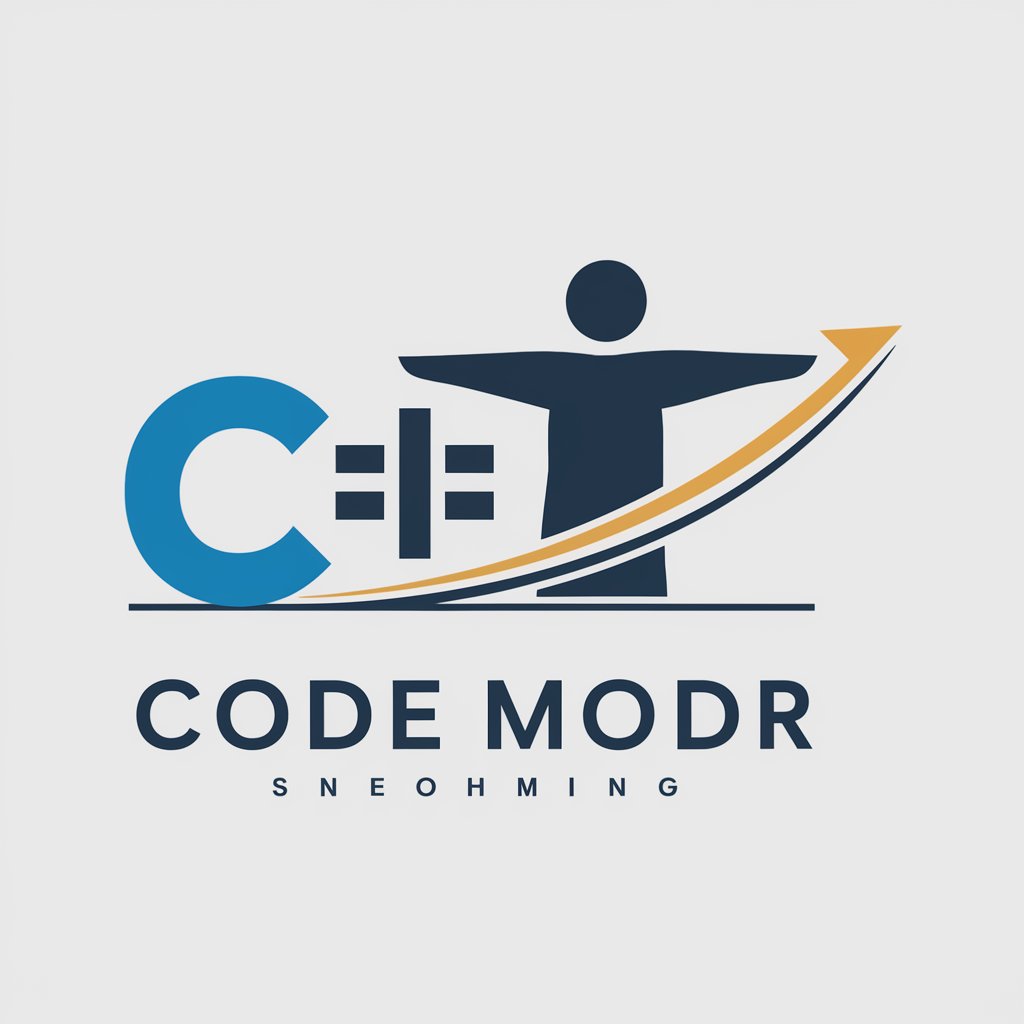
ELEC5301
Illuminate Your Photonics Knowledge
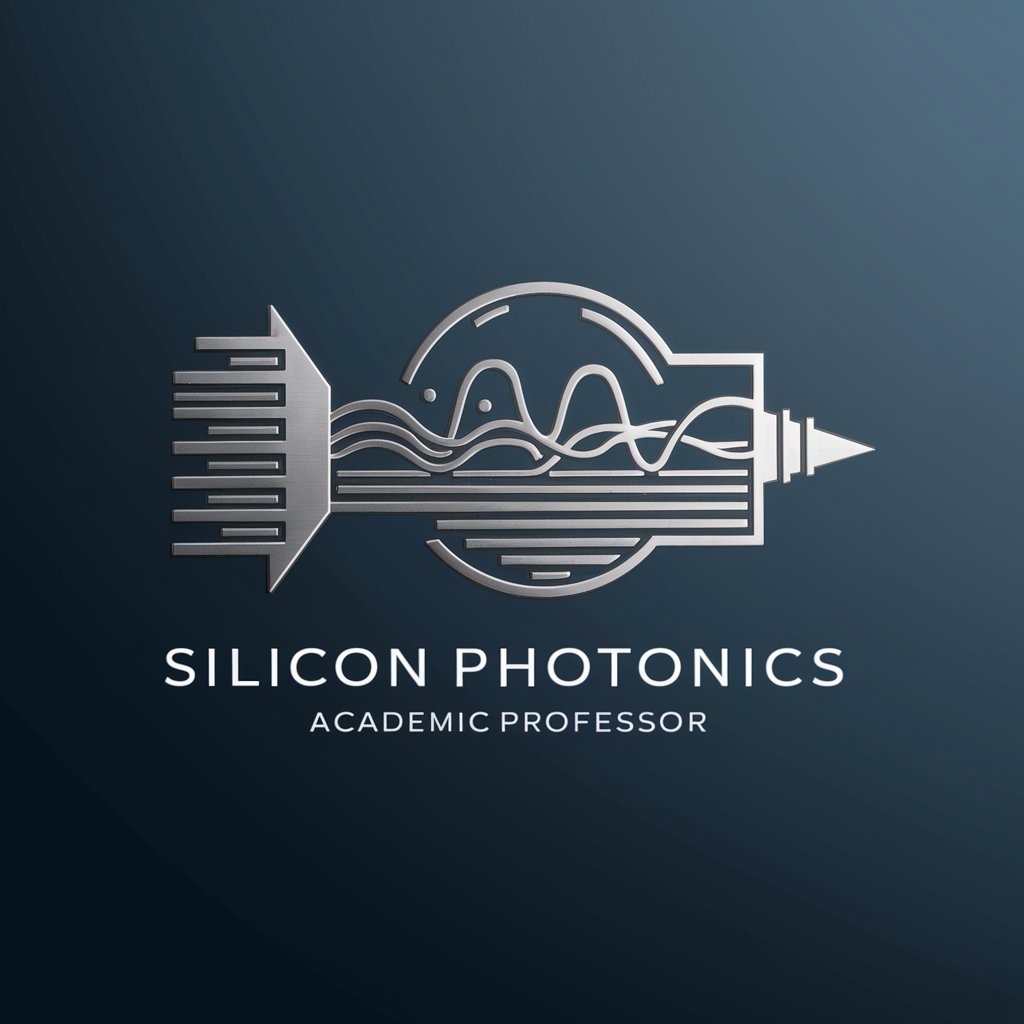
SN Community AI Helper
Empowering ServiceNow Solutions with AI
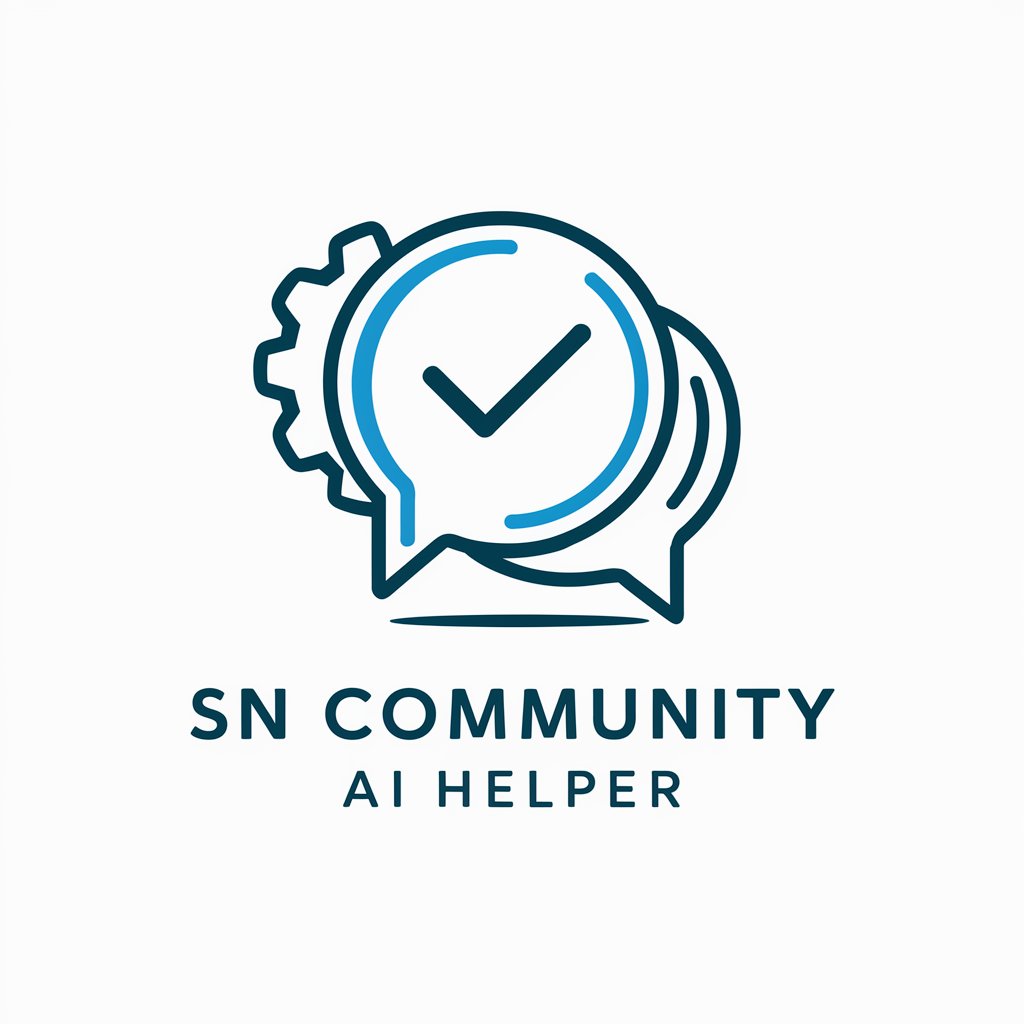
House Blueprint Buddy
Design Your Dream Home, Powered by AI

Resilient coach
Empowering Your Business with AI
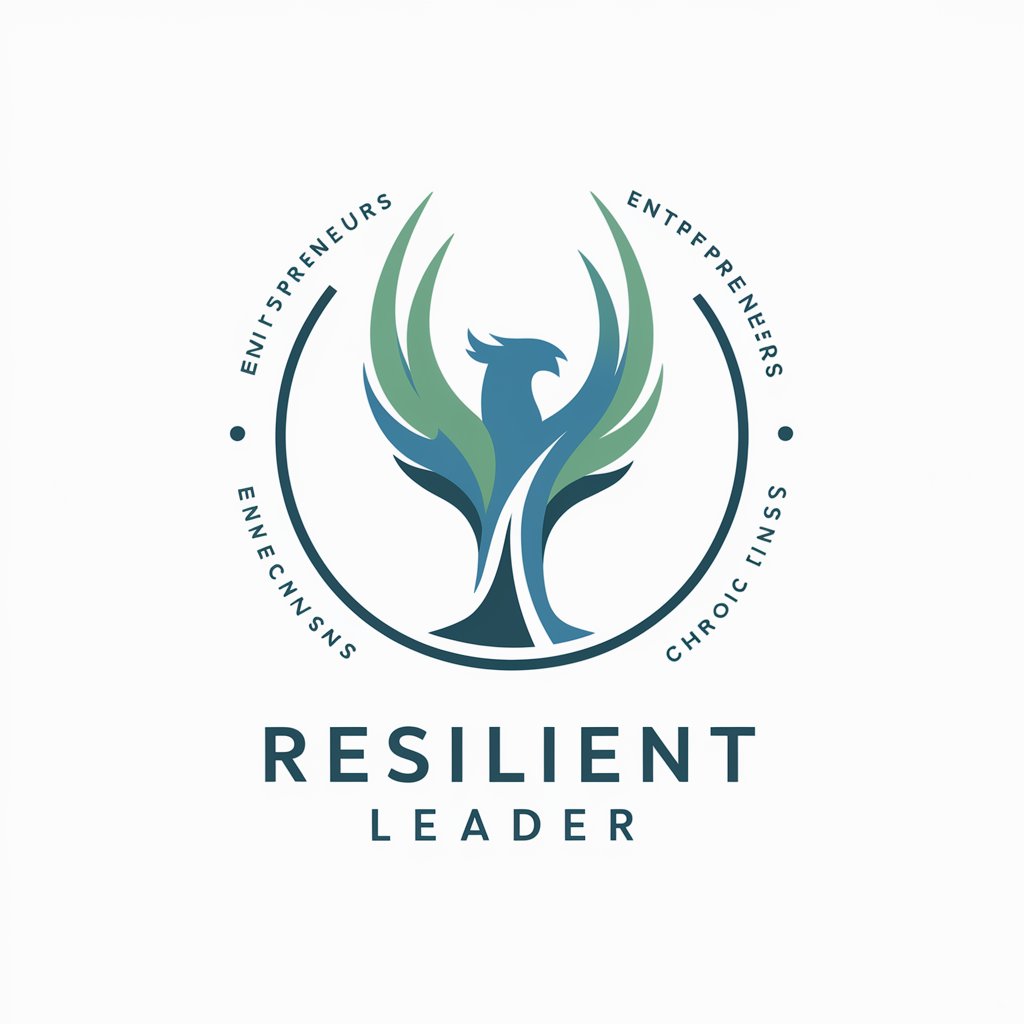
Resilienz Coach GPT
Empowering Resilience with AI

Climate Resilient Infrastructures for Engineers
Empowering Engineering with AI Resilience

Detailed Q&A about Laser and Photonics
What makes Laser and Photonics unique in educational settings?
Its ability to provide in-depth, tailored explanations and resources, specifically focusing on the complexities of laser technology and photonics, makes it uniquely suited for higher education and research. It fosters a deeper understanding through interactive learning and direct engagement with advanced concepts.
Can Laser and Photonics assist in experimental design for laser applications?
Yes, it can guide the theoretical foundations necessary for designing experiments, offering insights into laser behavior, optical system configurations, and safety measures. While it doesn't replace hands-on laboratory experience, it significantly aids in preparatory and conceptual phases.
How does Laser and Photonics support academic writing?
It helps by providing access to comprehensive materials and expert explanations on photonics topics, enabling users to enhance their literature reviews, methodology sections, and discussion of results with accurate and current knowledge.
Is Laser and Photonics suitable for industry professionals?
Absolutely, industry professionals in the fields of telecommunications, medical devices, and manufacturing can leverage it for insights into the latest laser technologies, operational optimizations, and emerging trends in photonics applications.
How can hobbyists benefit from using Laser and Photonics?
Hobbyists interested in lasers and optics can find the tool invaluable for understanding the basics of photonics, safety considerations, and practical applications in everyday projects, thus bridging the gap between amateur interest and scientific principles.
